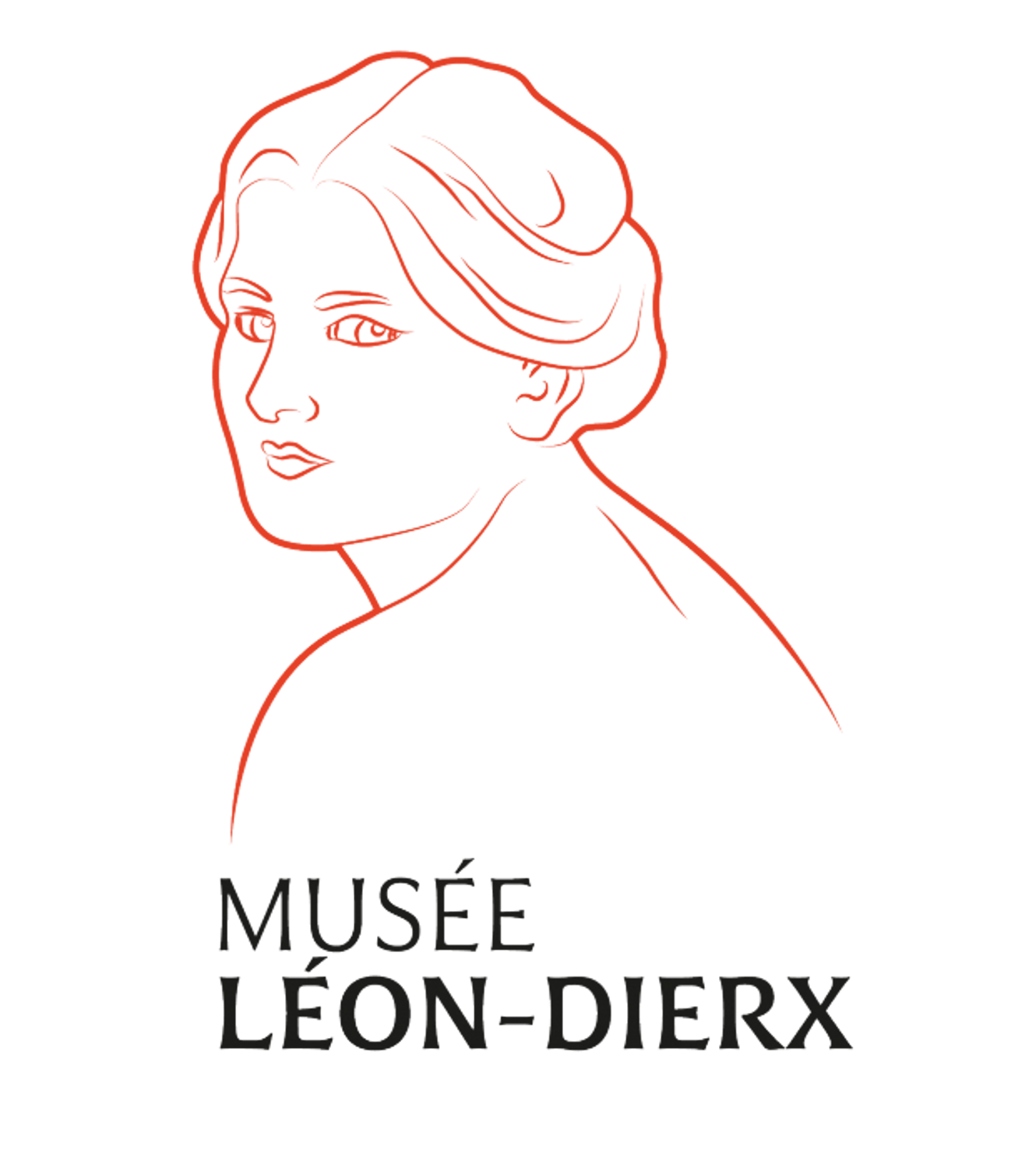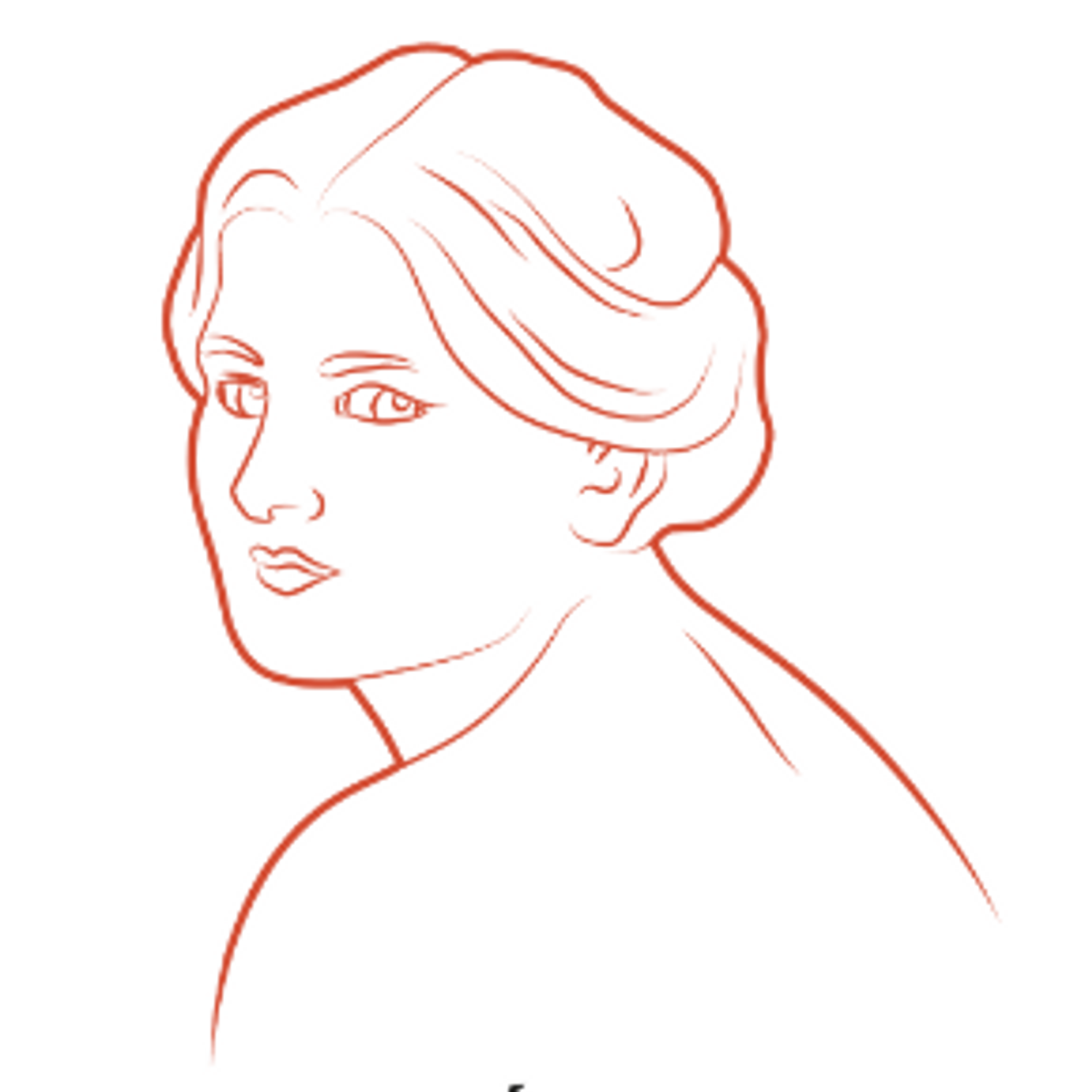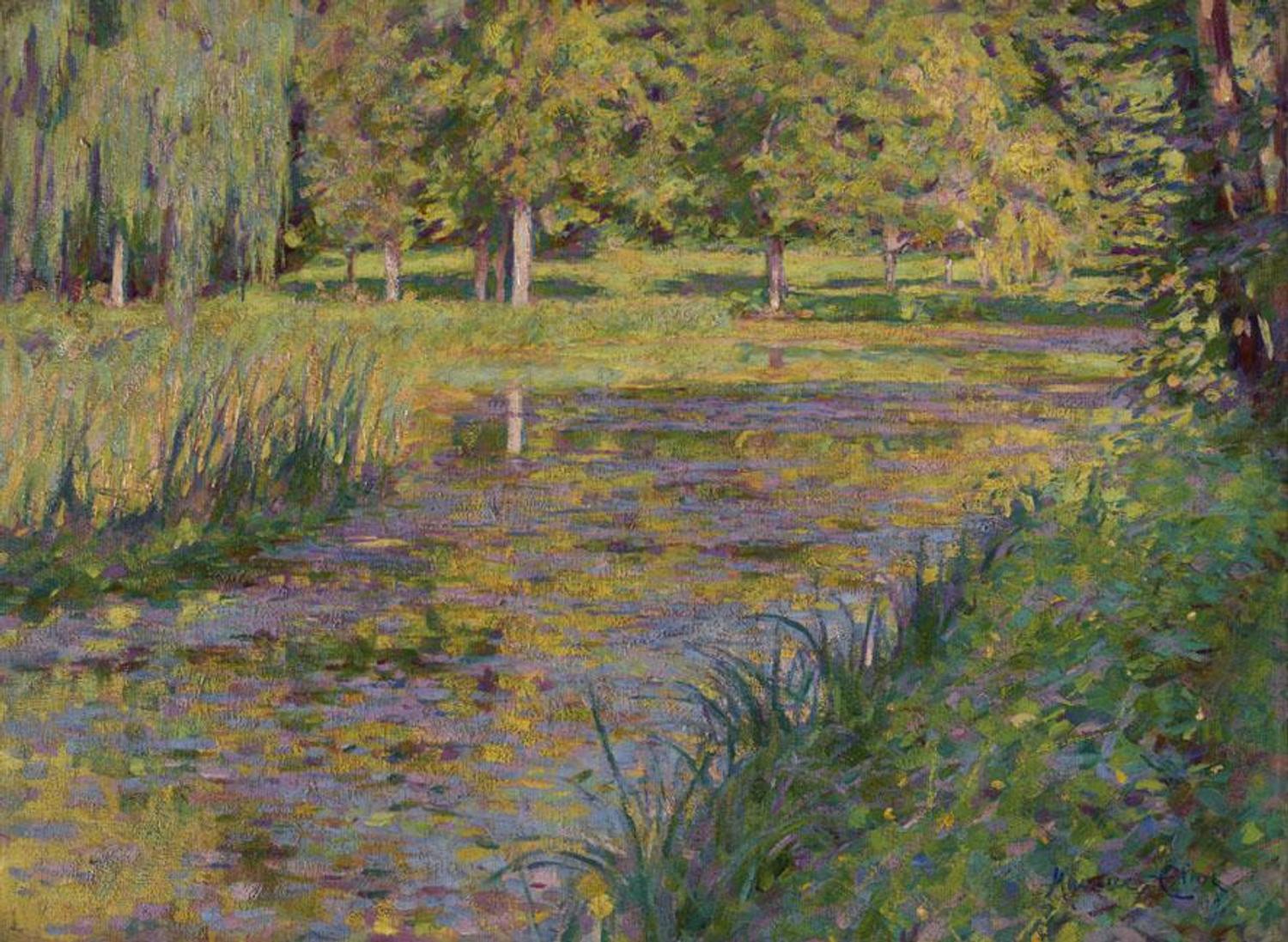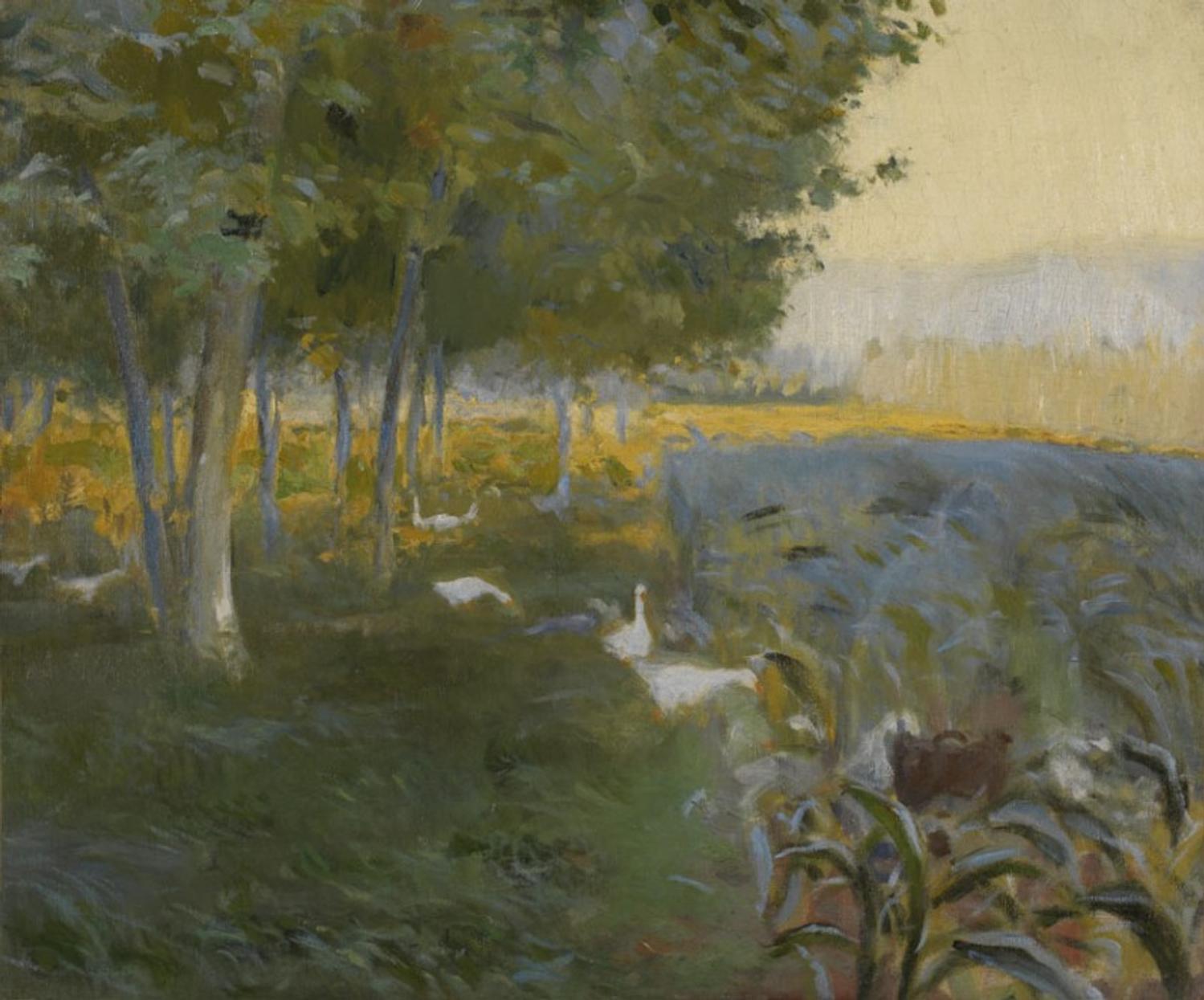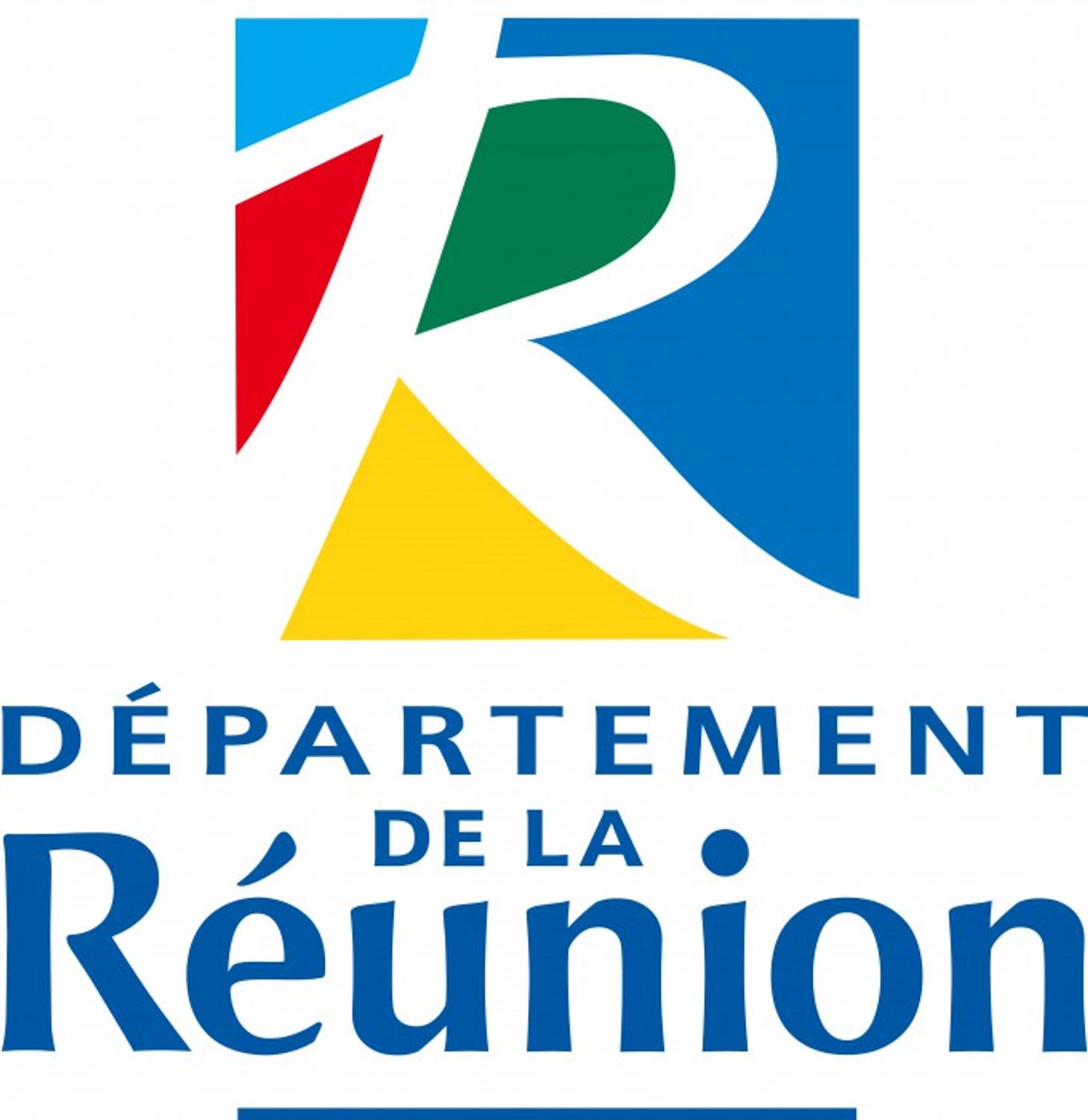THE MASTERPIECES OF THE LEON-DIERX ART GALLERY : Maurice ELIOT
Maurice ELIOT
Paris, 9 September 1862 – Epinay-sous-Senart, 21 August 1945
The son of a timber merchant, Maurice Eliot initially started painting with Emile Blin, a painter also producing etchings and Mayor of the village of Montmartre. In 1882, following his military service, he settled in Paris, where he shared a workshop with the painter Charles Léandre. In the same year, he enrolled at the school of fine arts in Paris, where he was given an academic background, notably under the direction of the painter Cabanel. In 1883, having successfully passed the competitive exam to teach art at municipal schools in Paris, he embarked on his new career, teaching the techniques of pastels.
In 1885, he exhibited his work for the first time at the Salon, then regularly in Paris and in the provinces, as well as entering a number of competitions. At the end of the 19th century, Eliot achieved a degree of fame: in 1900 at the age of 38 he participated in the Universal Exhibition and was awarded a silver medal. At the age of 44, having become both a reputed painter and teacher, he obtained the post of art teacher at the Ecole Polytechnique. In the 1930s, financial problems, the death of a number of persons close to him, but above all the new directions taken by the artistic avant-garde, contributed to the loss in popularity of Eliot’s work and his continued use of Impressionist techniques.
The family property in Epinay-sous-Senart south-west of Paris, across which flowed the River Yerres and adjoining a lake and large park, were the main subjects he treated in his landscapes: scenes of peasants and landscapes in the valley of the river Yerres brought him popularity during his lifetime. Essentially a landscape painter and an heir of the Impressionists applying divided touches of colour, Eliot loved to repeatedly paint the same scene at different times of the day, so as to study the variations of light and their effects on the landscape.
L’etang fleuri (Pond surrounded by flowers), Maurice ELIOT
1892
Oil on canvas
60,2 x 82 cm
Inv 1947.01.38
Lucien Vollard donation
The works of Maurice Eliot are in general mainly decorative, since harmony of colours and balance of tones were among his main preoccupations as a painter, pastellist and decorator.
L’Etang fleuri (Pond surrounded by flowers) is a view of the family property, where he always appreciated the calm and poetic atmosphere. It was painted using very light, butterfly-like touches, to depict the vegetation reflected in the water. He did not hesitate to use intense, even glaring colours. Like the Impressionists, he painted directly from life, setting up his easel in the open air in the valley of the Yerres, both simple and unspoiled.
This work evokes Claude Monet’s famous painting Nymphéas (Water lilies). However, Eliot’s work was painted in 1892, one year before the Master of Giverney produced the first Nymphéas. The technique applied is different, but the attention paid to colour and the decorative effects are absolutely comparable. The short energetic brushstrokes give an impression of movement similar to the effect sought by the Impressionists.
Maurice Eliot, Paysage aux oies, undated.
